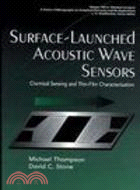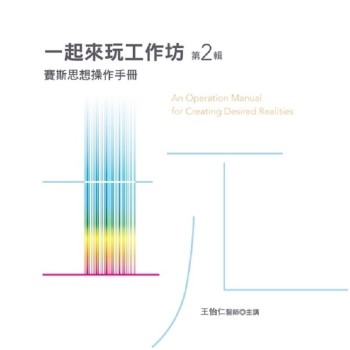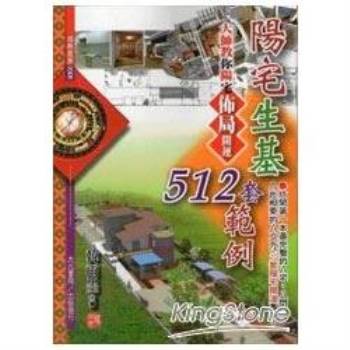圖書簡介With respect to chemical applications, surface-launched acoustic wave sensors were originally developed as sensing devices for specific chemical and biological species, but more recently have been applied to the study of thin film and interfacial properties. These devices exploit the phenomenon of piezoelectricity, the instigation of mechanical motion in solids by oscillating electrical fields. This book presents the principles of design and operation of these sensors and explores their traditional and emerging applications with a focus on devices that employ acoustic waves launched and received on the same surface.
Surface-Launched Acoustic Wave Sensors begins with a review of piezoelectricity and the genesis of acoustic wave devices, and the advent of chemical sensor technology. Subsequent chapters explore acoustic waves in solids and device structure, theory of acoustic wave response, and the various categories of acoustic wave device. The book describes the design of these devices and how they are applied in chemistry for the detection of species present in the gas and liquid phase, as well as the study of thin films placed on the sensor surface. Other topics covered include polymeric glass transitions, polymer properties, biosensor technology, and the development of sensor arrays. Each of the various types of device is examined with a view toward its application in chemistry in general and analytical chemistry in particular.
Presenting the most up-to-date information available on this rapidly evolving technology, and supplemented with scores of helpful illustrations and tables, Surface-Launched Acoustic Wave Sensors draws information from such diverse areas of scientific investigation as acoustic wave physics, applied mathematics, chemistry, electronics, fluid mechanics, materials science, piezoelectricity, and polymer science. The material presented on these topics is both self-consistent and readable for the nonexpertallowing industrial chemists, graduate students, and undergraduates to gain a deeper understanding of these devices, their designs, and applications.
This book concerns the design, operation, and application of devices capable of generating acoustic waves in the ultrasonic frequency range. The clear emphasis of the text is the study of chemical and/or biochemical systems imposed on the surface of such devices, whether operated in the gas or liquid phase, i.e., on acoustic wave chemical and biological sensors. Presenting the most up-to-date information available on this rapidly evolving technology, and supplemented with scores of helpful illustrations and tables, Surface-Launched Acoustic Wave Sensors:
Reviews piezoelectricity and the genesis of acoustic wave devices as well as the advent of chemical sensor technology
Explores acoustic waves in solids and device structure, theory of acoustic wave response, and the various categories of acoustic wave device
Describes device design and how these devices are applied in chemistry to detect species present in the gas and liquid phase, as well as to study thin films placed on the sensor surface
Covers polymeric glass transitions, polymer properties, biosensor technology, and the development of sensor arrays











